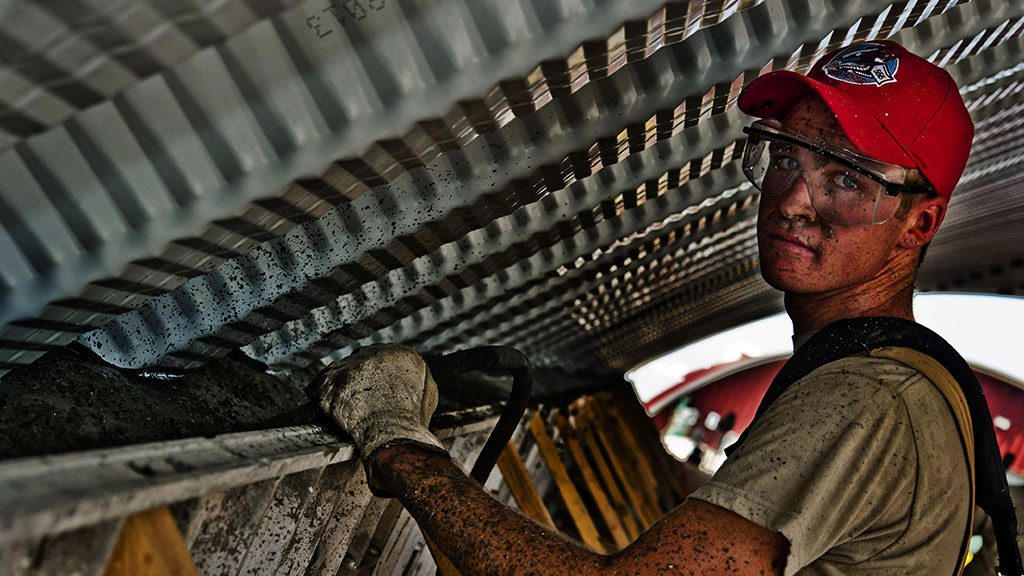RICHMOND, B.C.
WorkSafeBC has published two safety bulletins to highlight the differences between backshoring and reshoring.
Both systems work to support the weight of newly poured concrete slabs and have a similar appearance, but using the wrong system can lead to structural collapse.
One of the bulletins is an overview of how drop-slab formwork systems work, safety hazards when the two methods are mixed up and methods to prevent overload in reshoring systems.
The other bulletin is a detailed background document that explains the differences between the two systems, details requirements under the Occupational Health and Safety regulation and provides a list of questions to ask contractors.
Backshoring systems use temporary post shores installed below a recently stripped concrete slab to transfer the weight of the slab down through the post shores instead of the columns and walls of the building.
Reshoring systems put temporary post shores under a stripped concrete slab after it has been deflected under its own weight, which is transferred to the structural columns and walls of a building. Forces resisted by post shores are typically greater for backshoring than for reshoring, since the weight is not transferred to columns and walls, and if post shores and cured slabs are not designed to withstand higher loads, they can fail and consequently cause slab formwork and falsework at the top of the structure to fail.
“Any of these failures could result in serious worker injuries and/or fatalities,” a news release from WorkSafeBC stated.











Recent Comments